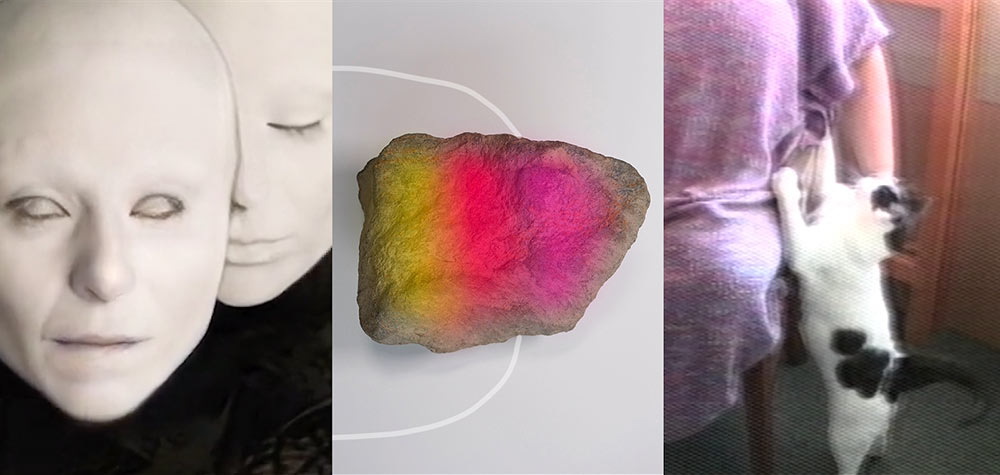Remember TV before the Internet? Channel surfing before there was Netflix browsing? Entering live performances or movie screenings you stumbled upon by chance while walking home? Now, there’s video-publishing collective and remote residency Temp. Files: a reminder of chance and surprise that debuted in February, currently scheduled through August. Showing only one video at a time, the website may be closer to attending an IRL event than scrolling through an endless library of streaming URLs—although each video disappears after one month, replaced by a new creation by a different member. Started by digital/performance artist Tusia Dabrowska and curator/multimedia artist Michelle Levy, the cohort of invited artists collectively develops the concept and production of each member’s work, making it more of a studio than a curatorial program, a necessary creative support in digital times.
Collaborating in a Google Doc with the members of Season 1, I heard from Temp. Files about producing collective work remotely, artists’ TV, and post-COVID ideas.
Shelby Shaw: How did Temp. Files begin?
Tusia Dabrowska: The first impulse was to create a meeting place and support system for artists who were already pushing themselves to use text/narrativity in unusual ways, and to consider liveness in A/V art. I think most of us have a background/interest in performance.
I turned to Michelle because I knew she was already doing this. She had the skills as curator, producer, and long-term project leader to create a support network for artists. In our first conversation together, we easily came up with a list of people whose projects seemed to form a constellation. They all agreed to participate.
The co-op agreed we didn’t want to limit ourselves to being a women-only group. That Season 1 is women-only may speak to [my and Michelle’s] individual networks of support as artists, or the lack of opportunities we’d seen even before the pandemic, at least in New York, for performance or video.
Michelle Levy: For the past few years, I’ve been consumed by a performance/research project that is tied to the Holocaust and Poland. When Tusia reached out to me, she said something like, “Your current work is serious, but I know there is another side of you that does funny, strange video work. Maybe you’d want to do that kind of work now.” She was right. I could see right away how powerful that gesture of generosity was.
Sunita Prasad: When Michelle reached out, the pandemic had already cut deep into my time (I have a small child and work full-time as a film editor). An accountability structure among other video artists to make work was very exciting! I felt a little apprehensive about the time commitment, given those other responsibilities, but as we spoke more as a group, it felt a lot more manageable.
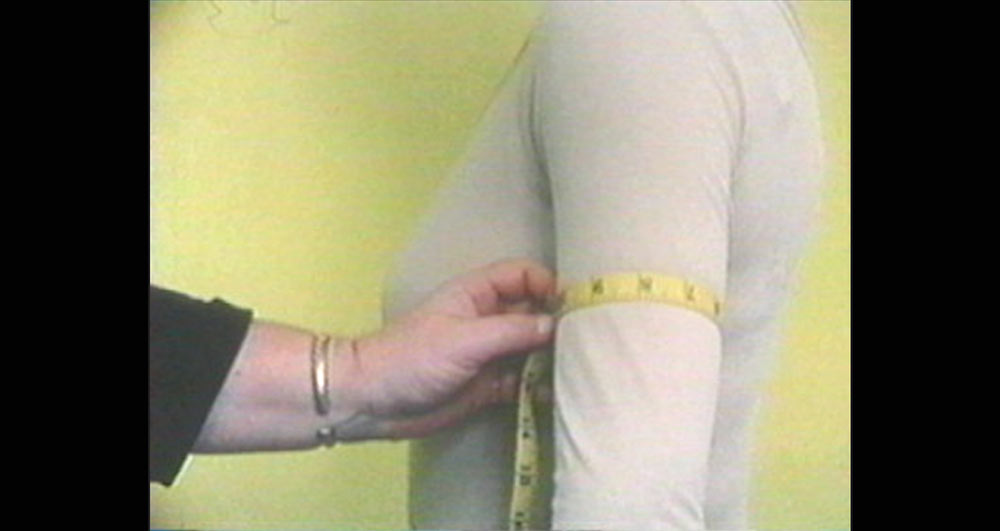
SS: Given beliefs about the Internet’s immortality, how did you decide on the anti-archiving of the videos disappearing?
Tusia: Michelle and I first thought the videos would stay on the website. Sunita suggested that a specific time to watch was putting the energy back on the viewers. I thought it was a pretty brilliant take on liveness and the way viewers experience streamed content.
Sunita: For me, an element of temporality adds a charge and feeling of happening or event which transfers to the viewer a sense of “being there” without being physically together.
Rachel Stevens: Totally agree with Sunita. What makes Temp. Files unique is this public presentation of newly made work. I appreciate the way this structure pushes my process to make something presentable, while the short turnaround time circumvents a tendency to agonize and overthink.
Michelle: To build off Rachel’s comment, there is something coy about the appearing/vanishing video. Now you see this never-before-seen thing, now it’s gone! We are all exposing ourselves and daring you to watch. It’s playful.
Along with the disappearing video, we have the permanently remaining interview which contextualizes the artist and their work.
Rah Eleh: I didn’t think we were taking an active, political, or resistive stance against archiving, although these repositories have their problems in terms of representation. From my perspective, it was a platform for the artist to shed light on their work. I was the first artist to do the residency, publish on the site, and perform the Instagram takeover. I appreciated the chance to focus on my work and curate an online experience that creates dialogue around the work.
Kara Hearn: We discussed the idea that the work we make in this context could be or might be temporary, like a sketch or an experiment that helps us work through something, but that we may or may not show again.
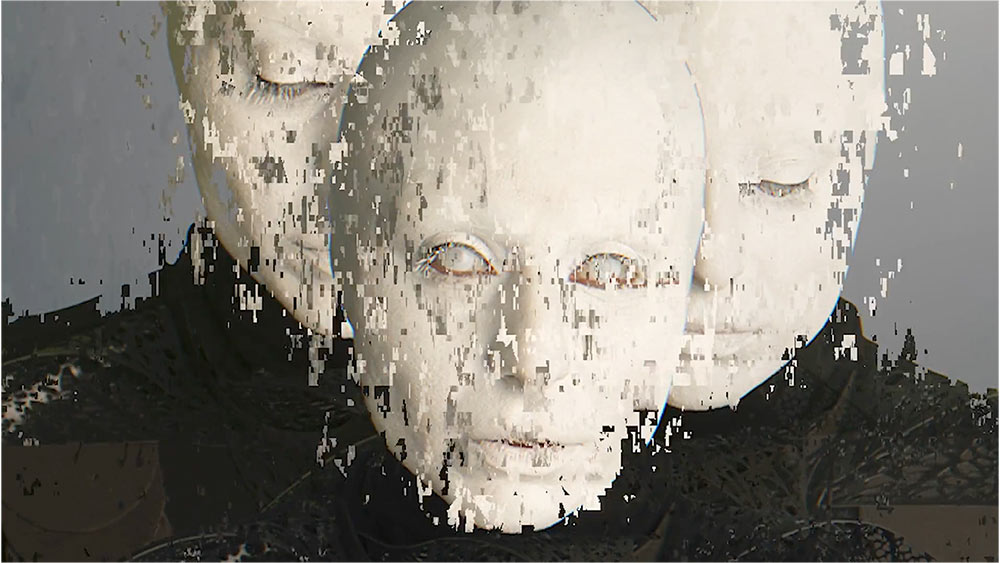
SS: I’m reminded of television’s dualism between chance and anticipation, specifically artists’ television like Alive from Off Center, Paper Tiger, ACRE TV, or contemporaries Vdrome and Le Cinéma Club. Were there specific models for the collective?
Sunita: It’s extremely flattering to be compared to the likes of Paper Tiger and ACRE TV (which I’ve screened with in their similar format). We probably have more in common with ACRE, though we aren’t curated under a theme. The doubling as an activist/organizing platform that Paper Tiger is known for hasn’t been part of Temp. Files, though several of us are exploring political themes.
Tusia: I think we all grew up on the riot grrrl movement, so for sure that ethos shaped our thinking.
Regarding artist’s TV, during one of my collaborations with Maria Hupfield and Jason Lujan (Native Art Department International), they introduced me to Potato Wolf TV and the Zany Talk Show. I didn’t consider these as direct influences but your question about chance and anticipation makes me think about the element of surprise the co-op is committed to, and the trust it requires from audiences.
SS: Part of what makes Temp. Files radical is the collective’s two months of developmental feedback preceding each member’s online streaming. How has this worked remotely?
Rachel: The timeline is definitely compressed for making new work. While stressful on the one hand, it encourages a more playful experimentation on the other. I’m impressed by Michelle and Tusia’s insight in designing the overlap of artists — while one is in production, another is in the conception/brainstorming phase. This contributes to a flow in the conversation and a feeling of collective research.
Sunita: As a participant in other artists’ development, this goes a long way towards building community. I think it’s also a little challenging — several of us didn’t know each other before. It’s tough to be in early development of a piece with relative strangers.
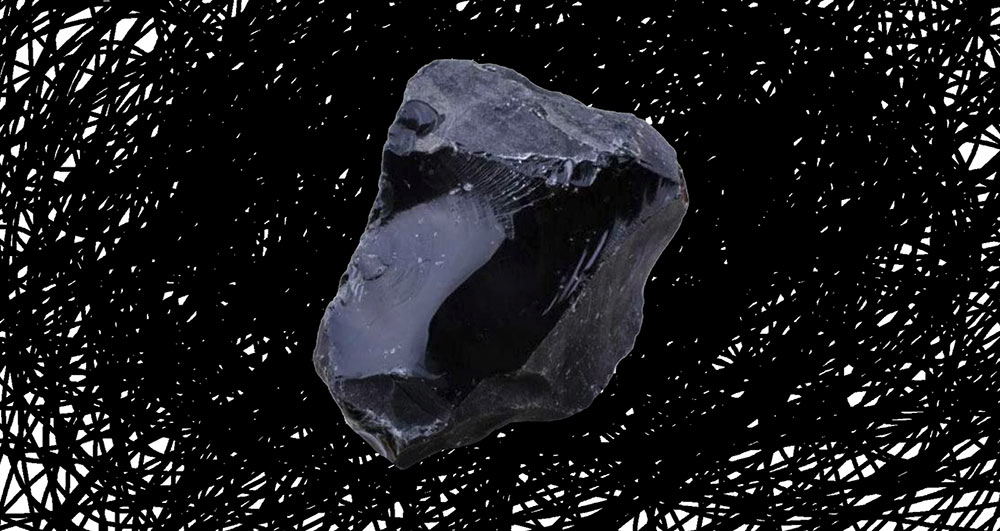
Tusia: The works introduce interesting angles on performance and technology. Rah went first and developed work that speaks to the future while also continuing her exploration into fakeness and presence. Kara is working on a project that focuses on a disembodied presence. Emily is doing something similar with disembodied audio. Rachel is diving into retro-futurism of the late 1990s and comes back with a whole new story.
Emily Brandt: Prior to the collective’s development, I’d been conceptualizing my piece with Tusia. A “remote residency” created opportunity for a deeper process-oriented experience, less emphasis on a polished goal. During prior residencies, community has always been central, but so has physical space. Now we’re experiencing a residency in our own residences, as a psychic/psychosocial space with two-dimensional engagement.
Kara: Because our labor is staggered, we get the full support and focus of the group in a way I haven’t experienced before. We aren’t all working on the same exhibition deadline or trying to all talk about our work each week. The interview has been an excuse to have an in-depth conversation about the work and being an artist.
SS: The collective’s motives are partly declared with the line, “We can no longer rely solely on established IRL spaces.” Aside from COVID-related closures, is this also an institutional critique of the term “established”?
Michelle: Yes, there’s an amount of critique there. Before the pandemic, there weren’t enough platforms and support systems for artists. Alternative/non-commercial art spaces had been disappearing, and now, even more so.
Rah: In Canada we have artist-run-centres (ARCs), museums, and commercial galleries. ARCs are artist-initiated and non-commercial, and considered established IRL spaces (these days they offer URL programming). Importantly, they have an audience and funding that supports the work of “alternative” and emerging artists. In Europe, they have “off-spaces'' that are similarly artist-initiated, working IRL and URL. An important area for institutional criticism is the hierarchy of the spaces; who gets visibility and who is omitted.
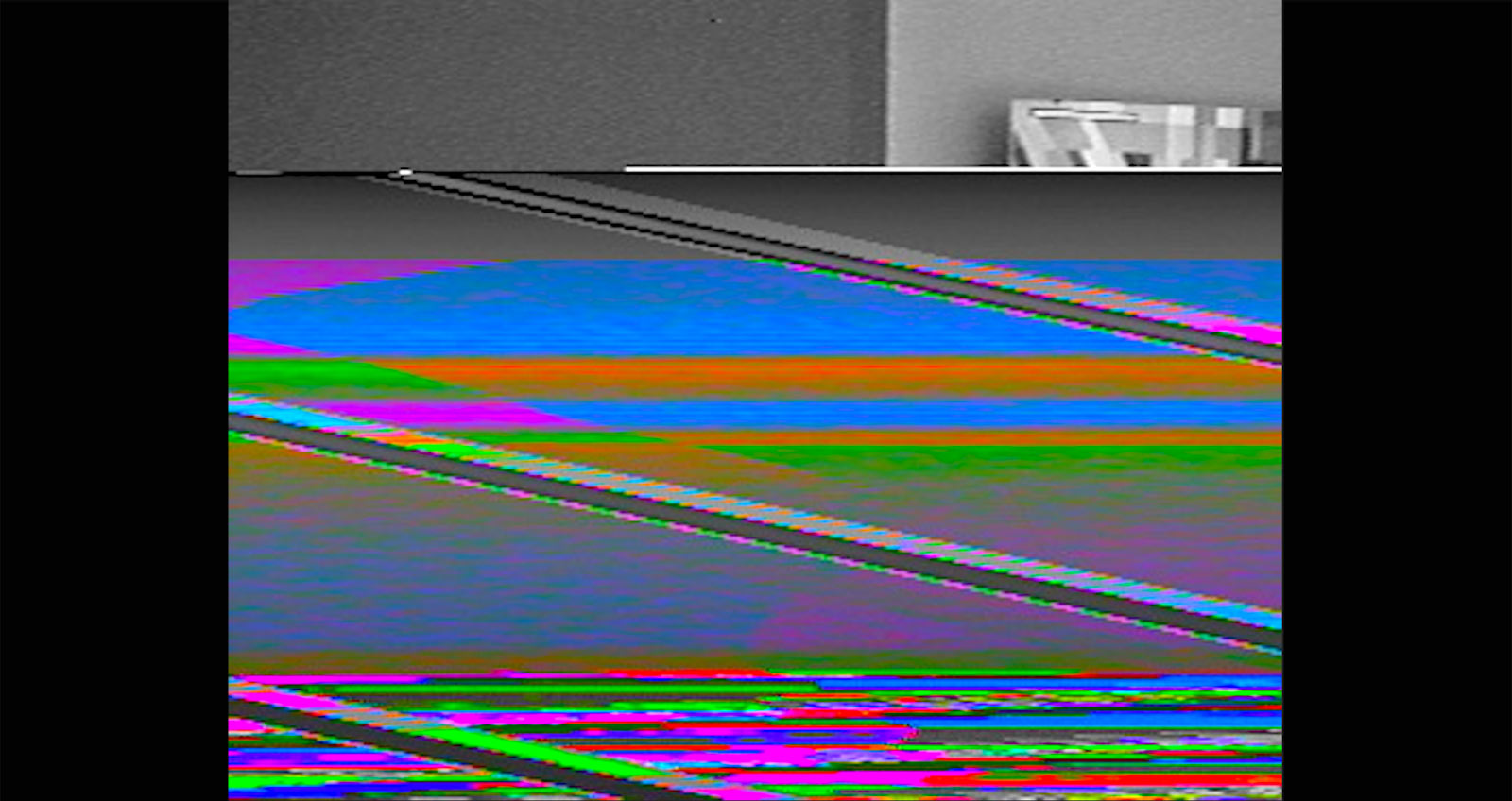
SS: Will Temp. Files change as we (supposedly) near a post-COVID world?
Michelle: I don’t imagine the actual format will change much, as the convenience of the virtual makes it possible (meetings every two weeks, artists in different cities/countries). I do imagine there will be more options to help each other IRL, if someone is doing a complicated shoot and could use assistance. I hope for more opportunities to have live events around the work.
Tusia: There’s a lot of energy in the group, but how we apply it outside the website will come organically from the co-op once more pieces are out. We use the term “video art” as a shorthand for “digital offerings” (a term from theater director Dianna Wayne) with streaming.
It’s equally difficult and liberating to work outside of systems of monetary exchanges. I think we were all drawn to starting something new, shaping the narrative in which our work lives, and finding like-minded makers. I think we feel it’s a space where the work we make is cared for and we are supported.
